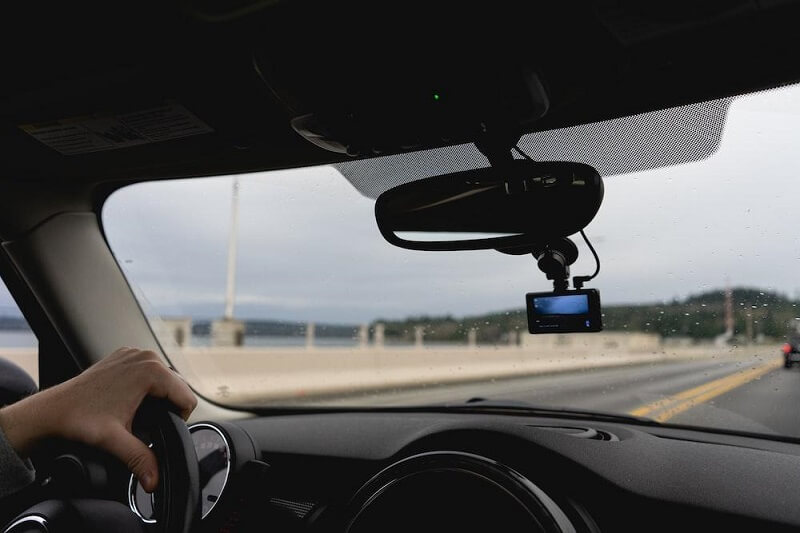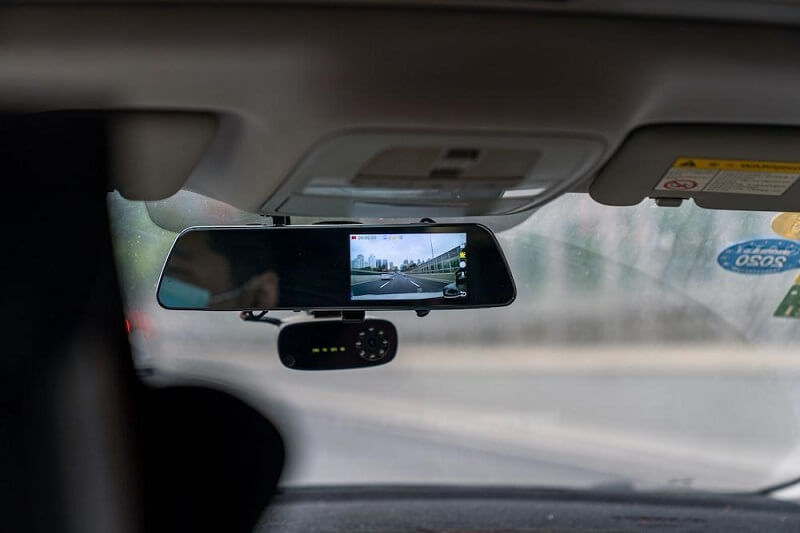Explore the Role of Dash Cams in Modern Vehicles and ensure a secure driving experience. So keep reading.
Dash cams, often known as in-car cameras, have quickly evolved from cutting-edge devices to commonplace automotive upgrades around the world. A good dash cam is becoming a necessary investment to drive safer and more intelligently, as consumers of new cars place an increasing emphasis on smart tech features.
In this detailed article, we explore critical use cases showing how dash cams effectively rise to modern driving realities – whether you want to monitor teens or elderly parents out on family cars or deter fraudsters from orchestrating fake “accidents” targeting your commercial fleet vehicles.
Beyond delivering vital video evidence during accidents or parking mishaps, we also highlight smart functionality leading dash cams to extract more value from these onboard recorders. Let’s examine the versatile protective and optimization utility that multi-featured dash cameras confer across personal, commercial, or rideshare vehicles:
Role of Dash Cams in Modern Vehicles:
1. Deter Dangerous Driving and Reduce Accident Severity

Studies by the AAA Foundation in the US found that dashcam footage leading to lawsuits decreased the claimed injury cost by a whopping 24% on average. By recording traffic conditions and driver actions before a collision, dash cam with GPS tracking systems can objectively apportion blame rather than leave it to “he said, she said” arguments.
Seeing concrete proof also discourages dishonest drivers from making up accidents on purpose to illegally collect insurance benefits. Visible dash cams can help promote safer driving among drivers of fleets, passengers, and even neighboring cars.
2. Vital Video Evidence for Insurance Claims Processing
During any accident-related insurance claim, whether vehicle damage or medical expenses, dash cam footage offers independently verifiable evidence for insurers investigating liability disputes. Some insurers even offer premium discounts for policyholders with active vehicle dash cams.
To expedite a just settlement, the video may record important facts such as the license plates of hit-and-run perpetrators or show unfavorable weather or traffic conditions.
3. Monitor Teen or Elderly Drivers More Effectively

For parents worried about teen drivers taking out the family car or seniors facing declining reflexes, built-in dash cams facilitate monitoring driving habits, mentor young drivers about situational alerts, and pin responsibility firmly in case any accidents arise later. Tracking vehicle usage parameters like speed or challenging braking events is also easier.
4. Automatic Incident Alerts for Emergency Response
Leading dash cams with integrated G-sensors may recognize significant collisions automatically and initiate emergency calls or SMS alerts to pre-identified contacts. Some even can message GPS location maps in real-time, allowing emergency services like ambulances, police, and breakdown teams to respond quickly.
5. Entry-level telematics and Fleet Management

While commercial-grade telematics hardware costs thousands, modern dash cams also record primary vehicular data feeds like GPS tracking coordinates, date/time logs, and speed levels. Fleet managers may effortlessly keep an eye on data related to driver behavior, such as abrupt braking or acceleration, prolonged stops, or unnecessary deviations for several cars.
6. Parking Surveillance and Hit-and-Run Identification
With built-in motion or impact detection in newer dash cam models, any parking lot knocks, or scratches by careless drivers trying to flee can also be reliably documented to claim repair costs later from insurance firms. Some cameras offer time-lapse imaging to capture all stationary events.
Choosing the Right Dash Camera
With countless options in the market promising varied features, follow this checklist when investing in a quality dashcam:
1. Crystal-Clear Night Vision Video Capture
A dash cam’s primary purpose is to record driving events – it must deliver clear, high-quality footage regardless of lighting conditions, especially at night. Leading cameras leverage upgraded sensors like the Sony Starvis or OV4689 paired with F1.6+ aperture glass lenses and WDR (Wide Dynamic Range) tech to maintain visibility after dark. Some variants also offer external polarizing filters to cut glare.
When testing demo footage, pay attention to finer details like license plates of vehicles ahead to gauge real-world low light performance. Avoid cameras with grainy or blotchy night videos.
2. 160-180 Degree Field of View
Top-tier dash cams span almost the entire width of most roads within their viewfinder. This allows complete coverage of critical driving events like vehicles suddenly swerving across lanes. Models with narrower viewing angles under 130 degrees miss crucial peripheral activity.
Evaluate demo videos to ensure the camera’s lens distortion algorithm provides a natural perspective without warping edges. This accurate geometry is vital for evidencing lane discipline and road positioning disputes.
3. Crisp 1080p (Full HD) Recording
Recording resolution directly impacts clarity – allowing zooming into the footage to see finer particulars like the text on sign boards. 1080p (1920×1080 pixels) recording at 30 fps has become the baseline. Some 4K cameras are emerging but generate huge files.
The best 1080p models offer additional resolution modes like 720p or 480p to conserve hard disk space during extended recording. It is helpful during long highway drives when ultra-fine detail is only sometimes necessary.
4. Built-in G-Sensors for Automatic Incident Detection
Integrated G-sensors can automatically detect sudden impacts or collisions and protect the recording from overwritten as usual by dash cams. This preserved video chunk provides vital evidence – capturing lead-up events, points of actual impact, and aftermath.
Advanced dash cams can also detect accidents when the vehicle is parked. Check official sensor sensitivity thresholds. Between 3 and 4G (3.9 – 7.8 m/sec2) is robust for most crashes.
5. Included GPS for Tracking and Telematics
![]()
Built-in GPS receivers allow overlaying driving coordinates, vehicle position, speed, and travel direction directly onto the video footage. This contextual telemetry aids insurance claims, provides tracking history, and enables basic fleet telematics by monitoring parameters like acceleration, braking intensity, etc.
Bottomline: Role of Dash Cams in Modern Vehicles
Equipping your personal cars, commercial fleet, or specialized vehicles with a multi-featured dash camera is becoming an essential investment rather than an optional accessory. Using video intelligence, beyond bolstering safety and surveillance, intelligent dashcams also unlock fleet optimization and risk mitigation capabilities.
 Free Web Resources , psd, mockups, & web templates Best WordPress Themes & Best Html Templates
Free Web Resources , psd, mockups, & web templates Best WordPress Themes & Best Html Templates







